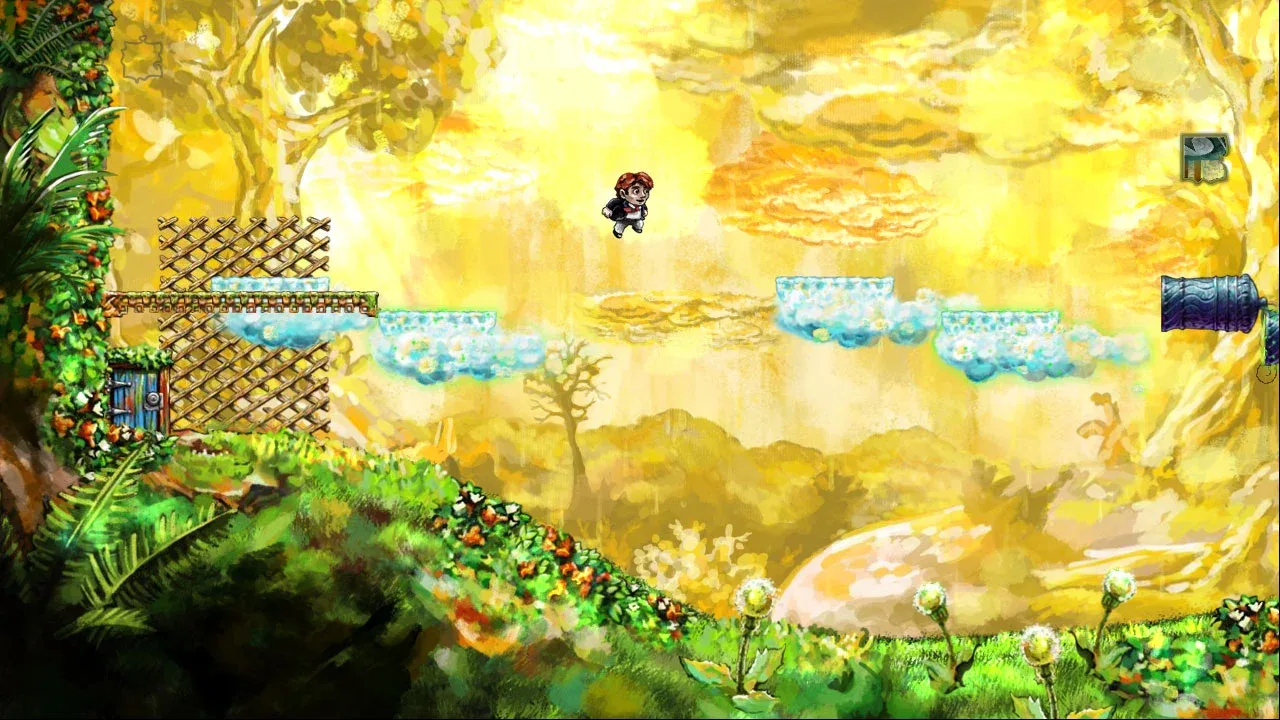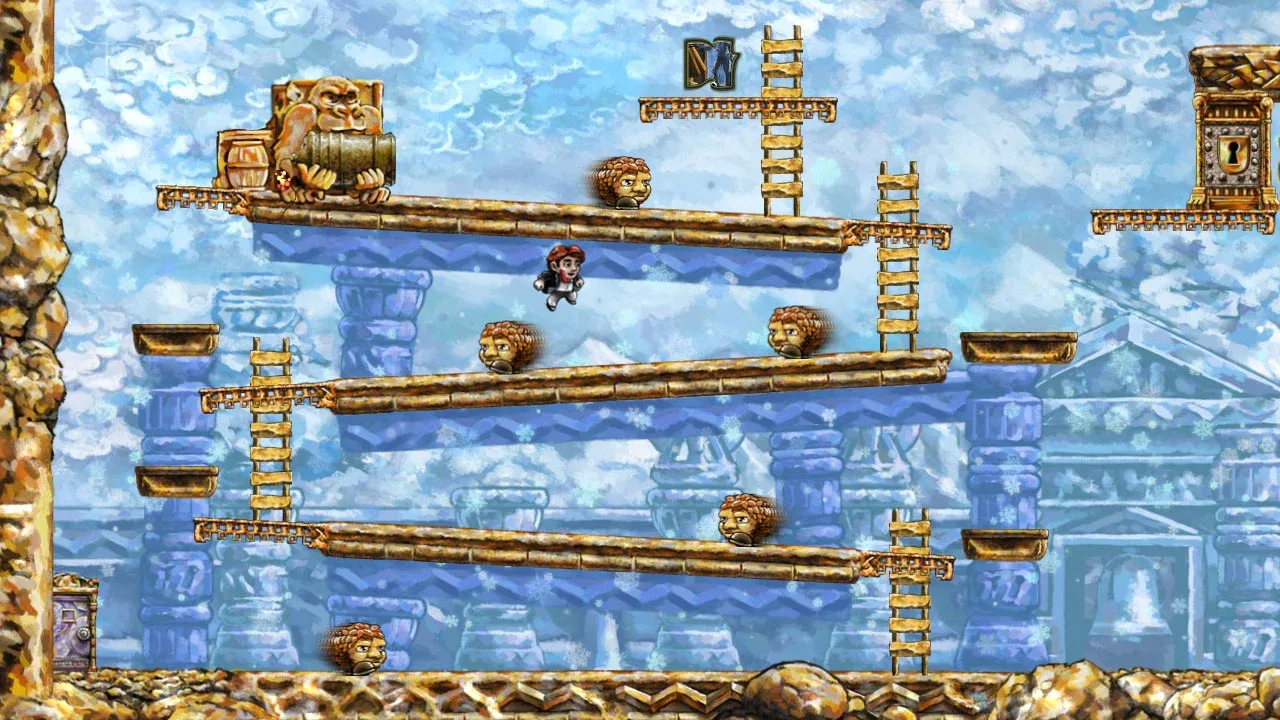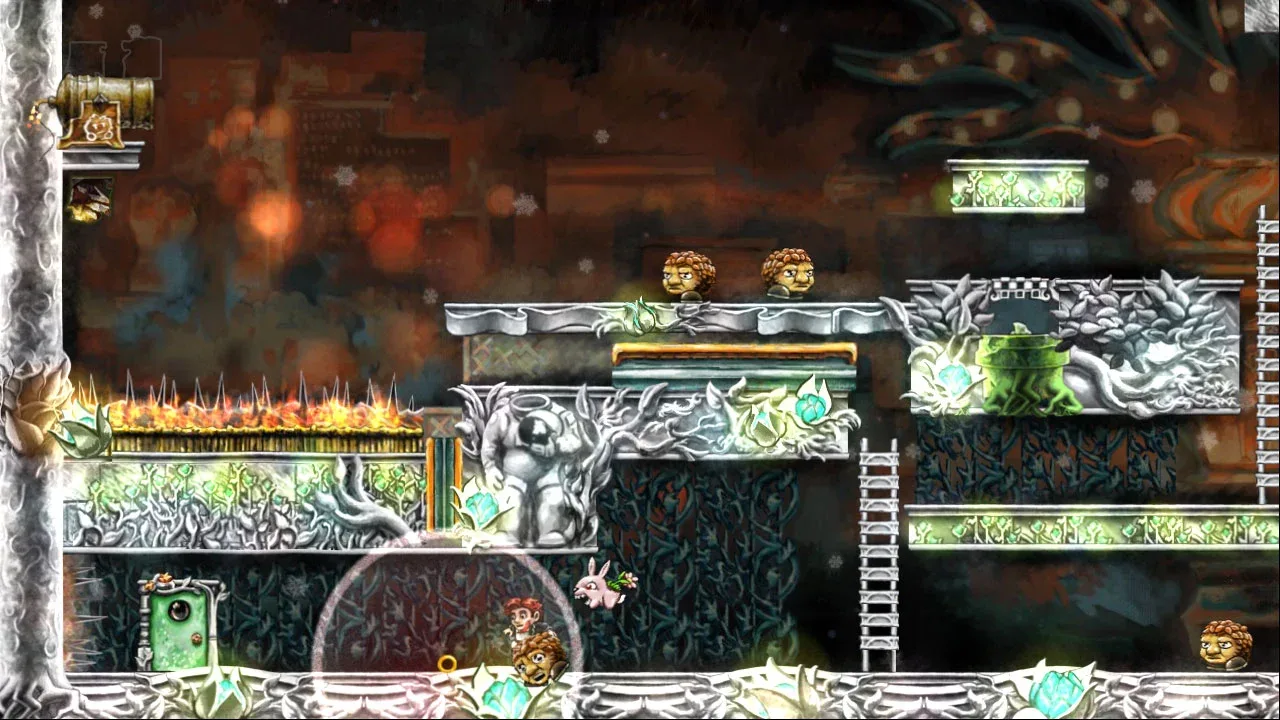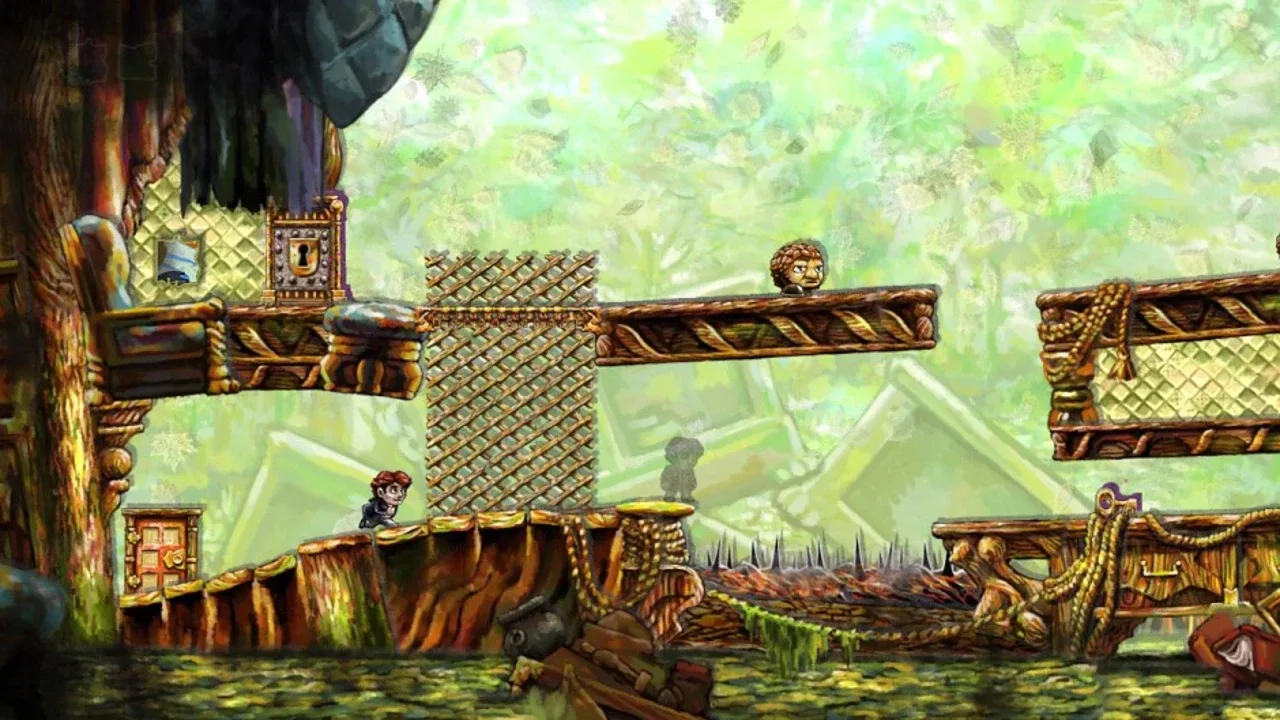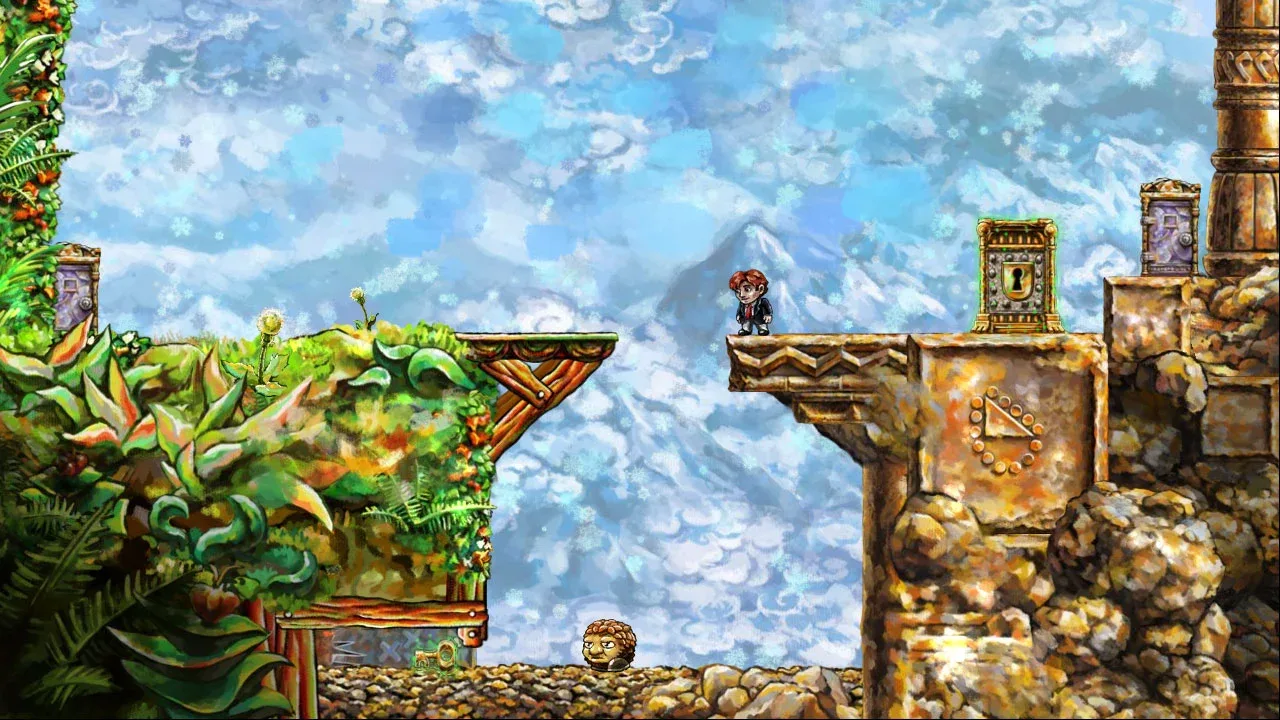Braid
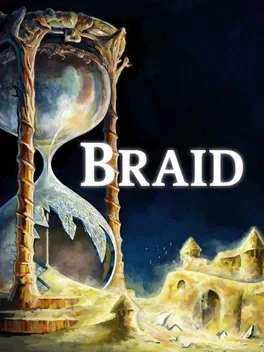
Buy
Could be interesting
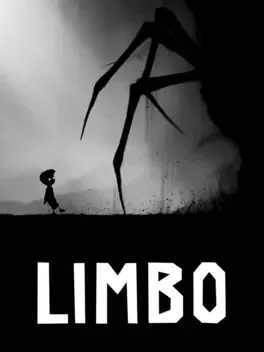
Limbo is a black and white puzzle-platforming adventure. Players take the role of a young boy traveling through an eerie and treacherous world in an attempt to discover the fate of his sister.
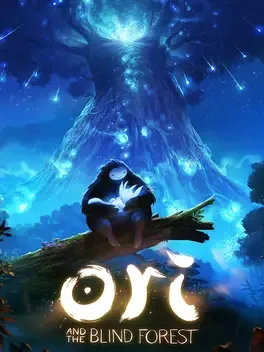
The forest of Nibel is dying. After a powerful storm sets a series of devastating events in motion, an unlikely hero must journey to find his courage and confront a dark nemesis to save his home. Ori and the Blind Forest tells the tale of a young orphan destined for heroics, through a visually stunning action-platformer crafted by Moon Studios for Xbox One and PC. Featuring hand-painted artwork, meticulously animated character performance, and a fully orchestrated score, Ori and the Blind Forest explores a deeply emotional story about love and sacrifice, and the hope that exists in us all.
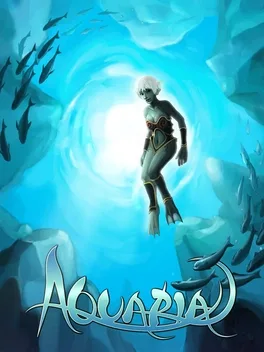
A massive ocean world, teeming with life and filled with ancient secrets. Join Naija, a lone underwater dweller in search of her family, as she explores the depths of Aquaria. She'll travel from hidden caves, shrouded in darkness, to beautiful, sunlit oases, all lovingly handcrafted by its two creators. Naija's story, narrated fully with voice overs, will become yours, as you join her on this magnificent adventure.
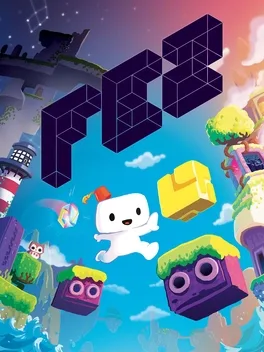
Gomez is a 2D creature living in a 2D world. Or is he? When the existence of a mysterious 3rd dimension is revealed to him, Gomez is sent out on a journey that will take him to the very end of time and space. Use your ability to navigate 3D structures from 4 distinct classic 2D perspectives. Explore a serene and beautiful open-ended world full of secrets, puzzles and hidden treasures. Unearth the mysteries of the past and discover the truth about reality and perception. Change your perspective and look at the world in a different way.
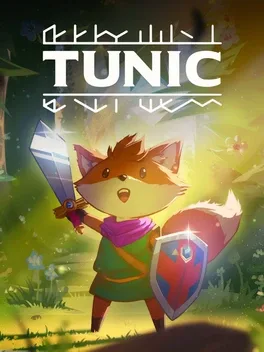
Tunic is an action adventure about a tiny fox in a big world. Explore the wilderness, discover spooky ruins, and fight terrible creatures from long ago.

Dungeon-Crawling First Person Shooting at its finest! Fast-paced combat! Dozens of perks, spells and enemies! Level ups! Random Dungeons! Traps! Badass bosses! Carrots! Ziggurat is the best combination of First Person Shooter and Rogue-LITE you have ever seen. Become a neophyte sorcerer, and get ready for your rite of passage: Enter the labyrinth and face dangerous challenges to prove your worth and become a powerful wizard! The game focuses on fast-paced first person shooting, with an old-school vibe, and updated handling and game mechanics. Dungeon crawling and RPG/Roguelike elements are added into the mix, resulting in a fun, challenging and varied game, with lots of content to discover. Fight almighty bosses, get through rooms filled with traps, and treasures that may help you in your journey... Each game is a whole new experience!
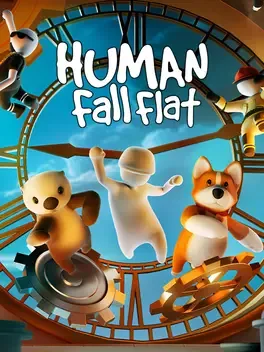
Human: Fall Flat is an open-ended physics based puzzle game in which you take control of builder Bob helping him resolve the mysteries behind his recurring dreams of falling. Your goal is to escape those dreams full of puzzles, dangers and surprises using everything you find in the levels. The world of Bob dreams is built on his daily experiences, hopes, fears and memories interweaved in a net so sticky and hard to escape. All this mess is actually a carefully crafted work of… wait! You are the one to find it out! Bob is a human. Just a human. No hero. Zero superpowers. Period.
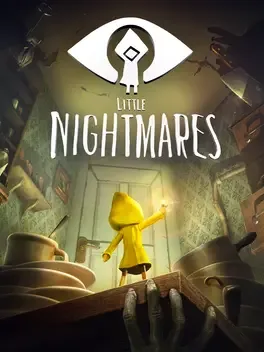
Little Nightmares is a puzzle-platform horror adventure game developed by Tarsier Studios and published by Bandai Namco Entertainment. Set in a mysterious world, Little Nightmares follows the journey of Six, a hungry little girl who must escape the Maw, an iron vessel inhabited by monstrous, twisted beings.
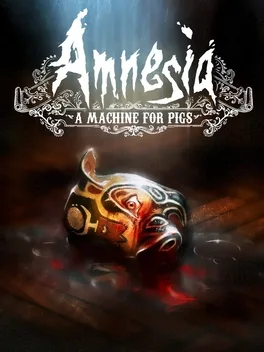
From the creators of Amnesia: The Dark Descent and Dear Esther comes a new first-person horrorgame that will drag you to the depths of greed power and madness. It will bury its snout into your ribs and it will eat your heart.
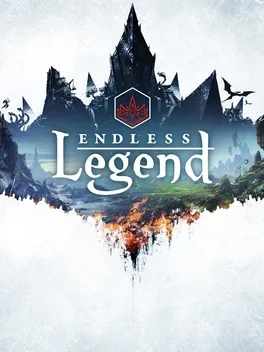
Another sunrise, another day of toil. Food must be grown, industries built, science and magic advanced, and wealth collected. Urgency drives these simple efforts, however, for your planet holds a history of unexplained apocalypse, and the winter you just survived was the worst on record. A fact that has also been true for the previous five. As you discover the lost secrets of your world and the mysteries of the legends and ruins that exist as much in reality as in rumor, you will come to see that you are not alone. Other peoples also struggle to survive, to grow, and perhaps even to conquer. You have a city, a loyal populace, and a few troops; your power and magic should be sufficient to keep them alive. But beyond that, nothing is certain… Where will you go, what will you find, and how will you react? Will your trail be one of roses, or of blood?






